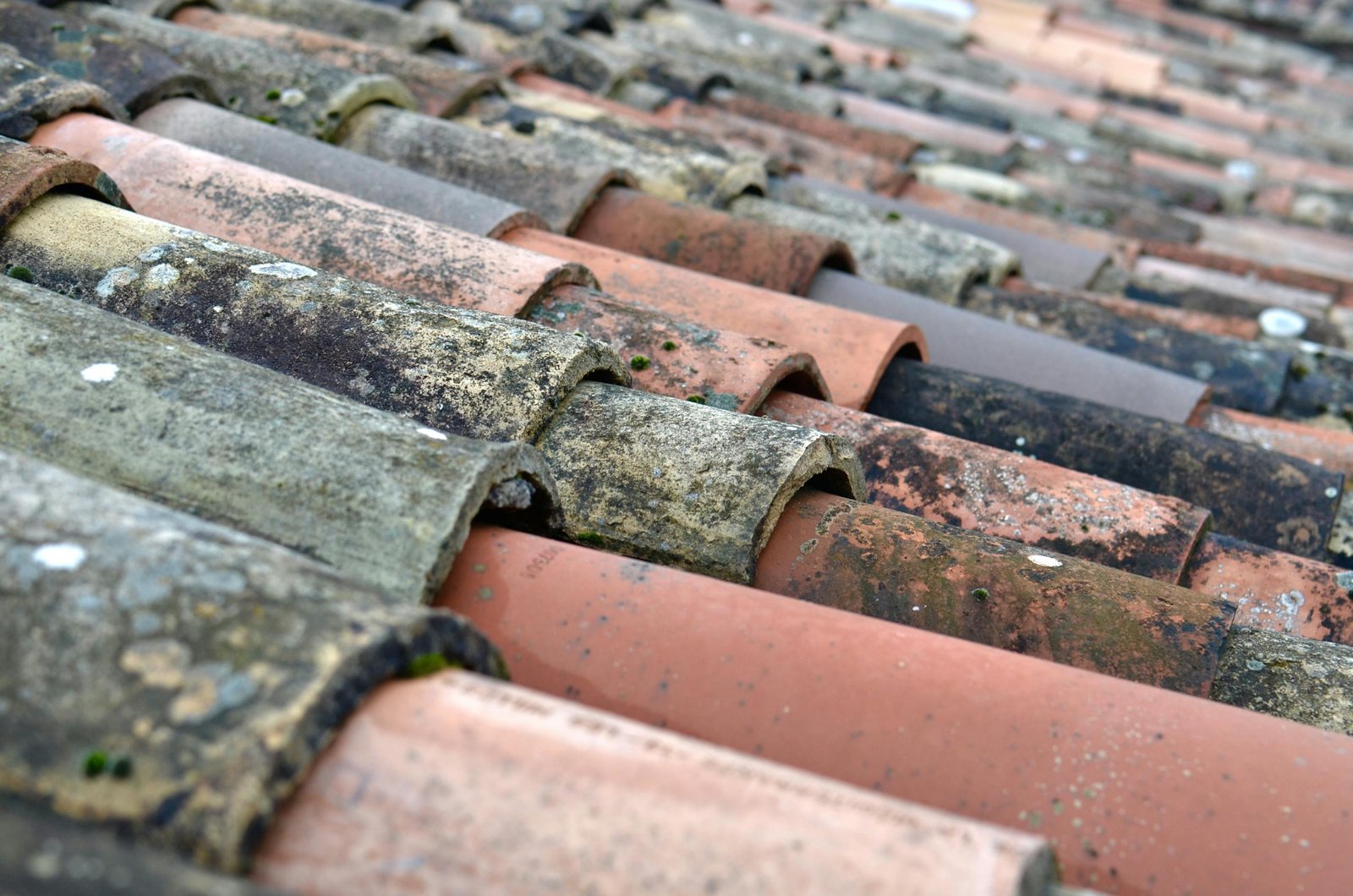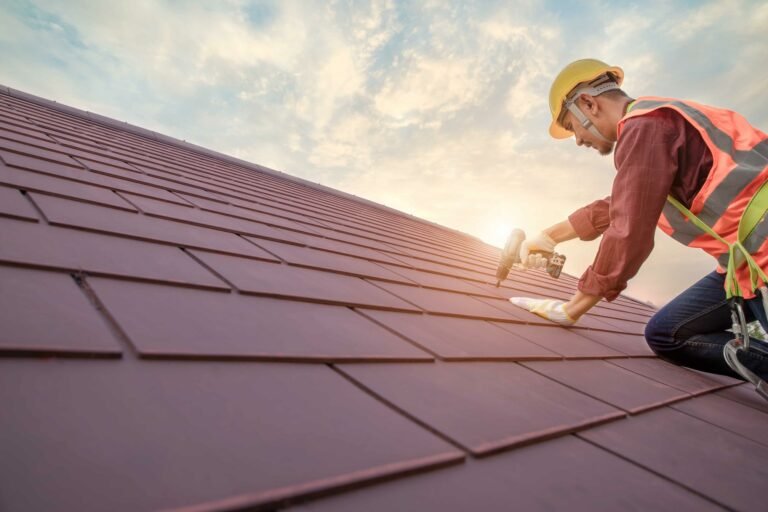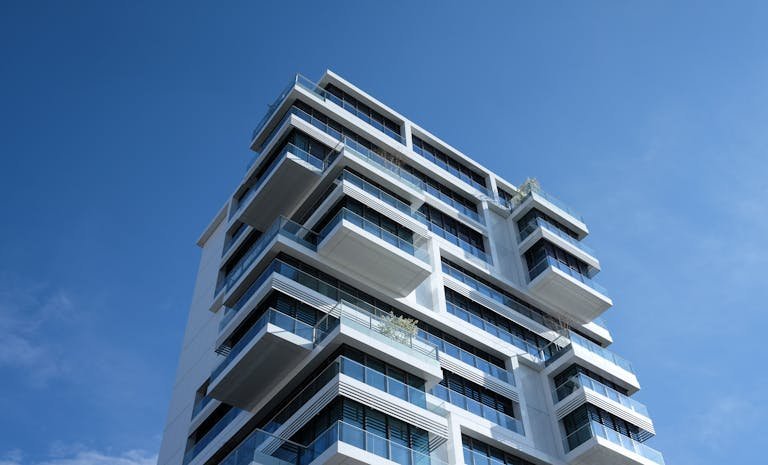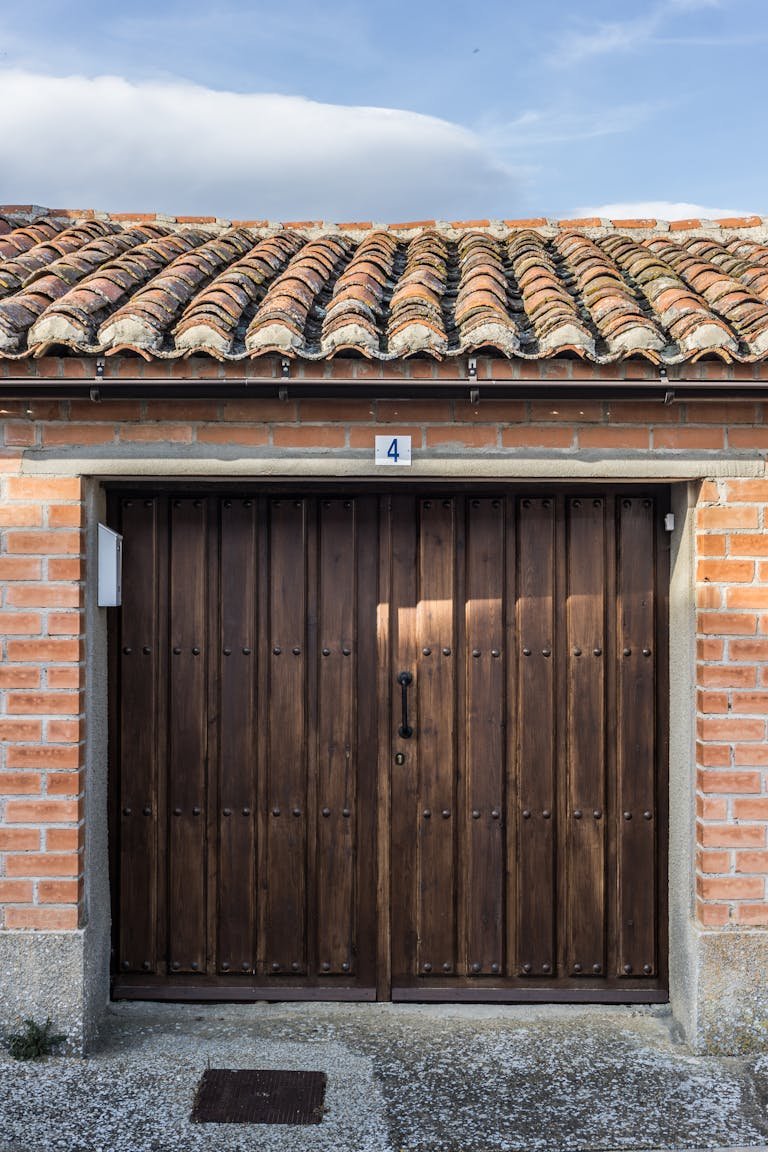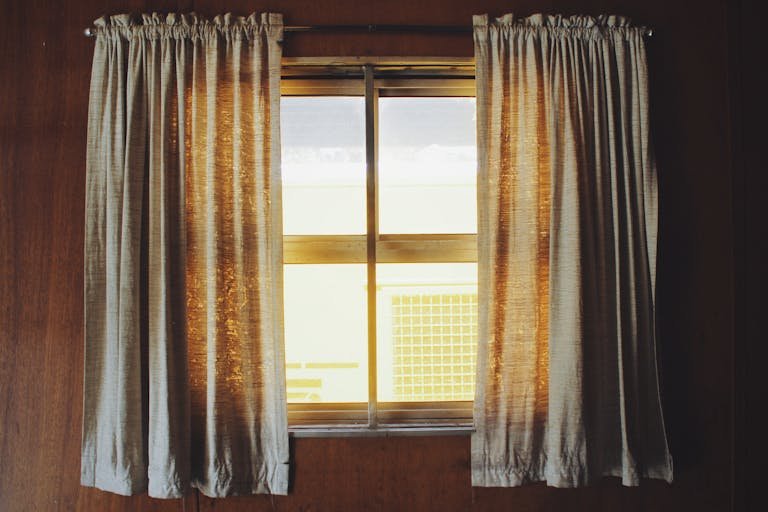A leaking roof can lead to unexpected water damage that not only affects the structure of your home but also puts your belongings at risk. Left unaddressed, roof leaks can cause serious damage to walls, ceilings, and flooring while also encouraging mold growth and weakening the overall integrity of your home. Knowing how to respond quickly and effectively to water damage from a leaking roof with the help of Goody Restoration LLC of Cumming is essential in preventing long-term harm. We will explore the steps you should take when facing water damage from a roof leak, including immediate actions, assessing the damage, and implementing repairs.
Steps to take when facing water damage
- Immediate Actions to Minimize Water Damage
When dealing with water damage from a leaking roof, the priority is to stop the water from entering your living space and mitigate any immediate damage. When you notice water dripping or pooling from the ceiling, it’s essential to act fast. Place buckets, pots, or any other containers under the leak to catch the water and prevent it from damaging the floor or furniture. This will help limit the spread of water and reduce the risk of additional damage.
If water is already pooling in certain areas, it’s important to mop up the excess water to avoid further damage to flooring materials, especially if you have hardwood or carpeting. Towels, mops, or a wet/dry vacuum can help remove as much standing water as possible. Additionally, you may want to move any nearby furniture, electronics, or personal belongings out of harm’s way to prevent water damage to these items.
It’s important to remember that water can weaken ceilings. If the ceiling is bulging or appears to be sagging due to accumulated water, consider carefully puncturing the area to release the trapped water. This will help prevent the ceiling from collapsing, which can cause more significant damage and pose a safety risk.
- Identifying the Source of the Leak
After taking immediate steps to minimize damage inside your home, the next step is identifying the source of the roof leak. This can sometimes be tricky, as water may travel along roof beams and rafters before it reaches the ceiling, making it difficult to pinpoint the exact entry point. Start by inspecting the attic or crawl space directly above the affected area, looking for signs of moisture, water stains, or light coming through the roof.
Common causes of roof leaks include damaged or missing shingles, clogged gutters, or flashing that has pulled away from chimneys or skylights. In some cases, leaks can be caused by ice dams that form during winter, preventing water from properly draining off the roof. Once you have identified the likely source of the leak, you can take steps to patch it temporarily, especially if you cannot schedule immediate repairs.
If you can’t locate the source of the leak or if the damage is extensive, it may be necessary to call a professional roofing contractor to assess the problem. A thorough inspection can ensure that the leak is accurately diagnosed and that repairs address the root cause of the issue rather than just the symptoms.
- Drying Out the Affected Areas
Once the immediate water damage has been controlled and the source of the leak has been identified, the next step is drying out the affected areas of your home. This is a crucial step in preventing mold growth and further structural damage. Start by opening windows and doors to allow fresh air to circulate through the affected rooms. This natural ventilation can help remove excess moisture from the air and dry out wet surfaces if weather permits.
Fans or dehumidifiers reduce indoor humidity levels to speed up the drying process. Position fans to direct airflow toward wet ceilings, walls, and floors and leave them running for several hours or even days, depending on the severity of the water damage. In addition, check for water that may have seeped into the insulation, as wet insulation can retain moisture and lead to long-term problems if not properly dried or replaced.
It’s important to thoroughly dry out all affected areas to avoid the risk of mold growth. Mold can develop within 24 to 48 hours after water damage occurs, and it can spread rapidly, causing health risks and further damage to your home. Notice any signs of mold, such as musty odors or visible growth. It may be necessary to consult a mold remediation specialist to ensure the issue is fully addressed.
- Repairing the Roof and Preventing Future Leaks
After the affected areas inside your home have dried out, it’s time to focus on repairing the roof to prevent future leaks. Depending on the extent of the damage, this may involve patching small holes or replacing damaged shingles. More severe cases could require replacing larger roof sections or addressing underlying structural issues. Be sure to consult with a qualified roofing contractor to ensure that any repairs are done properly and that the integrity of your roof is restored.
In addition to repairing the damage, taking preventative measures can help reduce the risk of future leaks. Regular roof maintenance, such as cleaning gutters, inspecting flashing, and trimming overhanging tree branches, can help prevent water from accumulating on the roof and causing leaks. Installing weather-resistant roofing materials and ensuring proper attic insulation and ventilation can also protect your home from water damage.
Suppose your home is in an area that experiences harsh weather, such as heavy rain, snow, or high winds. In that case, it’s worth considering additional measures like installing ice and water shields or reinforcing roof flashing to protect against leaks.
Dealing with water damage from a leaking roof can be a stressful and challenging experience, but knowing how to respond quickly and effectively can help prevent further damage and save you from costly repairs. By taking immediate action to control the leak, identifying the source of the problem, and ensuring that affected areas are properly dried, homeowners can minimize the impact of water damage on their homes. Finally, making the necessary repairs to the roof and implementing preventative measures can help protect your home from future leaks and maintain its long-term integrity.

